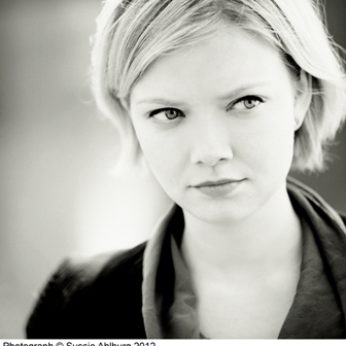Composer: Ernest Chausson (b. 1855 - d. 1899)
Performance date: 03/07/2014
Venue: St. Brendan’s Church
Composition Year: 1889-91
Duration: 00:41:53
Recording Engineer: Richard McCullough, RTE
Instrumentation Category:Small Mixed Ensemble
Instrumentation Other: vn, pf, 2vn, va, vc
Artists:
Doric String Quartet (Alex Redington, Jonathan Stone [violins], Hélène Clément [viola], John Myerscough [cello]) -
[quartet]
Cédric Tiberghien -
[piano]
Alina Ibragimova -
[violin]

French music in
the last quarter of the nineteenth century was obsessed with establishing its
own national identity. Since the disastrous Franco-Prussian War, French
composers were particularly concerned to escape the grip of German composers,
in particular the pernicious influence of the magician of
immersion in Wagnerian sonorities from the Dutchman to Parsifal, even taking
his wife to
on their honeymoon. However he was soon struggling to rediscover a language
free of Nordic mists and extreme Romanticism, looking backwards to the old
French masters of Couperin and Rameau and reviving their tempos and movement
indications. Thus tonight’s work is described not as a sextet but as a Concert, as in the eighteenth century. It
is perhaps ironic that, despite these outward signs of classical purity, the
music itself is a heady brew of heroic gestures and intimate sighs filled with
perfume and longing.
The other
creative influence on his music was that of his teacher, César Franck, which is
particularly evident in this work with its cyclical form, many modulations and intensely
expressive lyricism. Whatever the history, the result is superb. The three
opening chords establish both the rhythm, the dramatic mood and the sound
world. After a 34-bar introduction the main theme is presented on the violin
over a piano appoggiatura, a theme that is to link each movement, and we find
ourselves in a classical sonata form exposition and development. The strings
are allowed to sing, the opening motif makes telling re-appearances and
Chausson weaves his at times passionate, at times sad song against a background
of teasing harmonies.
The Sicilienne hovers between tenderness and
elegance, between the archaic and the modern, always flirting with imbalance.
It breaks off prematurely, a sudden pause before the stark beauty of the Grave, a movement of sombre tragedy
until the moment near the end when the repressed emotion finally bursts out
sumptuously unrestrained before subsiding in despair. The finale pulsates with
energy and at times humour, until the final pages, when the music broadens and
builds climactically to a restatement of the first movement theme and a
powerful conclusion.
Copyright © 2025 West Cork Music. All rights reserved.
Designed and developed by Matrix Internet